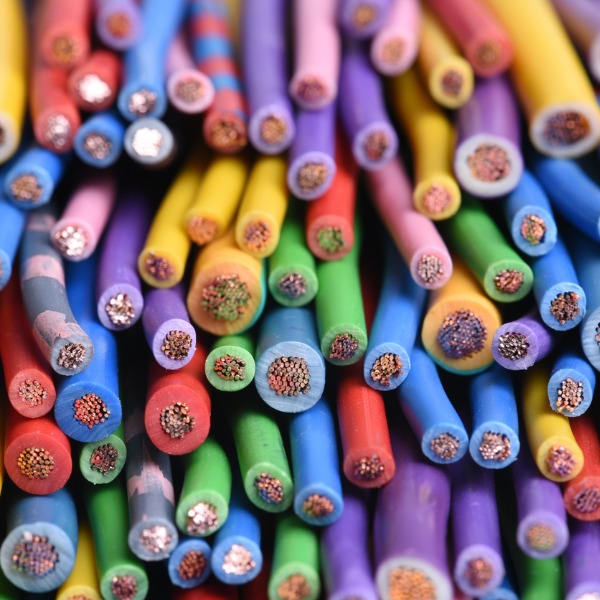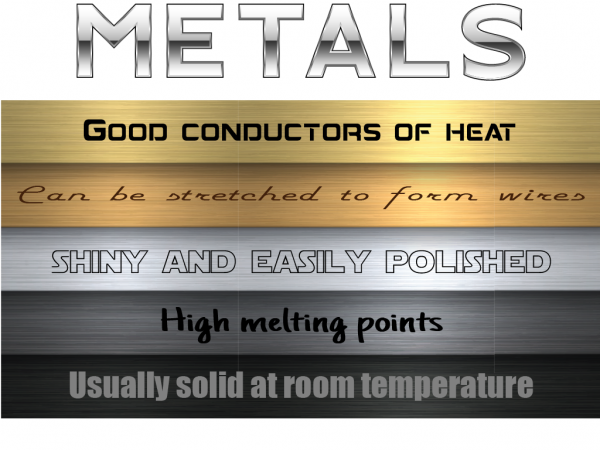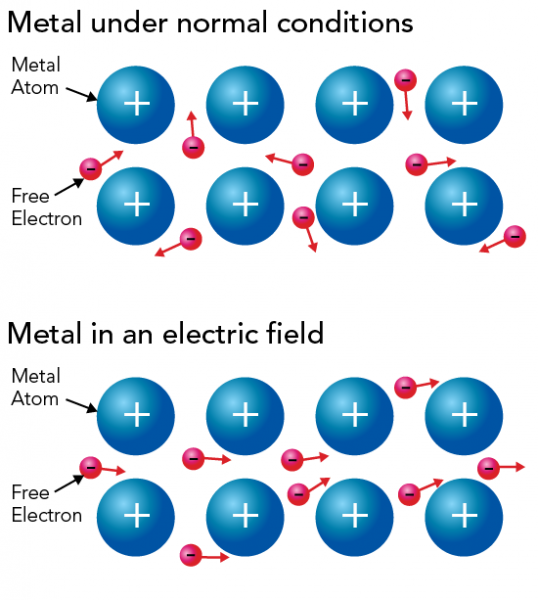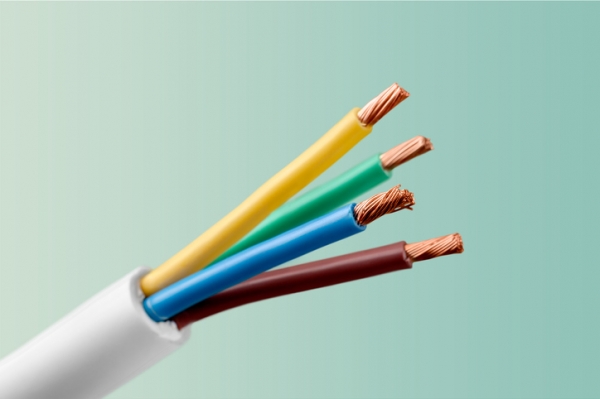Introduction to Current Electricity

Colourful insulating wires (FactoryTh, iStockphoto)

Colourful insulating wires (FactoryTh, iStockphoto)
How does this align with my curriculum?
Learn about current electricity and why it should be handled safely
There are two types of electricity - static electricity and current electricity. Static electricity creates lightning and static cling. Current electricity is the electricity that powers our homes and electrical devices. Current electricity is named for the way electrons move. They “flow” in one direction - like a river current. The study of electrons in motion like this is called Electrodynamics.
Materials that can conduct electricity are able to have an electric current flowing through them. The best known material for conducting electricity is metal.
If someone asked you to name a kind of metal, what would you say? Iron, aluminum, silver? What makes something a metal? Metals are materials with specific characteristics.

One characteristic of metals is that they have free electrons. Free electrons are only loosely attached to their parent atoms. These electrons can move around in all directions. But when they are exposed to a weak electromagnetic field, they all move in one direction. This is the electric current. If lots of electrons pass through a piece of metal in a certain amount of time, the current is strong. If fewer electrons pass, the current is weaker.

Conductors and Insulators
Conductors are materials that electrons flow through easily. Most metals are good conductors. Insulators are materials electrons do not flow through easily. These can also be called non-conductors. Rubber, plastic, glass, paper and air are insulators.
Did you know?
Conductors have more free electrons than insulators.
The word resistance describes how easily an electric current can pass through a material. Conductors have low resistance. Insulators have high resistance.
Semiconductors are special materials. They are an important part of electronic circuits in things like computers. This is because we can control their conductivity. We can make them act like good conductors or good insulators. And we can switch this back and forth whenever we want! Silicon is the most common semiconductor.
Have you ever seen inside an electrical wire? Look at the picture below.

They are thin strands of copper covered by plastic or rubber. This is important. The current flows through the copper wires because copper is a good conductor. It is not able to pass through the plastic coating because plastic is an insulator. This means people can touch insulated cables, even if there is current flowing through them, as long as they don't touch the wires inside them.
Electric Shocks
Your body is mostly water. Water is a good conductor. This means that electric currents can easily flow through your body. If a current travels through your body by accident, it is called an electric shock. If the current is strong, it could cause serious injury or death.
This is why you need to follow safety rules when working with electricity. You may need to wear clothes or gloves made of insulating materials. Or you may need to stand on an insulating surface. These can protect you because they don’t allow current to flow through your body.
You should also watch for signs like these. They warn you when you could be in danger of an electric shock.

Learn More
This resource explains electricity basics - volts, amps, currents, resistance, and why it is dangerous to touch electrical outlets with wet hands.
This video illustrates how semiconductors work, and explains why they are so important.
Physics for Kids: Electrical Conductors and Insulators
This article explains conductors, insulators, superconductors and semiconductors, with examples.
This article with video (4:15 min.) explains how dangerous electric shocks can happen, and how you can prevent them.
References
eSchool Today. (n. d.). Current electricity.
eSchool Today. (n. d.). Insulation and conduction in electricity.
Gibbs, K. (n. d.). Electric Current. Schoolphysics.co.uk.
Helmenstine, A. M. (2018 July 23). The Difference Between Metals and Nonmetals. ThoughtCo.
Hydro Québec. (n. d.) The effects of an electric shock on the human body.
Siyavula. (n. d.) Circuits and current electricity | Energy transfer in electrical systems.